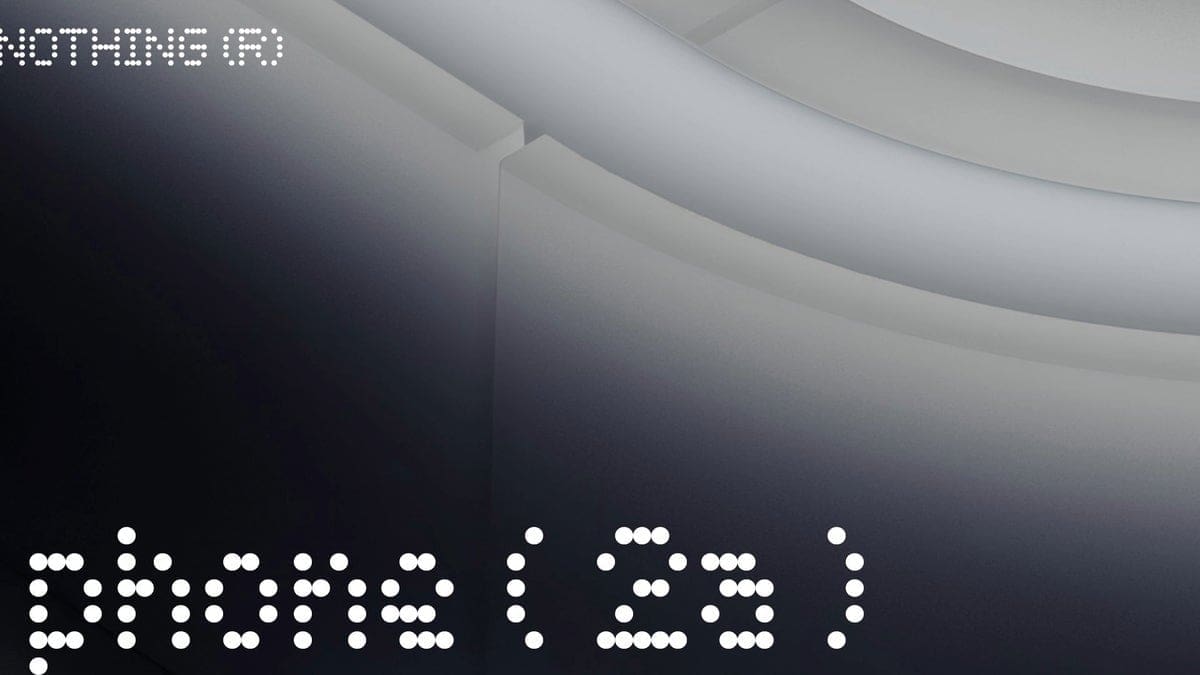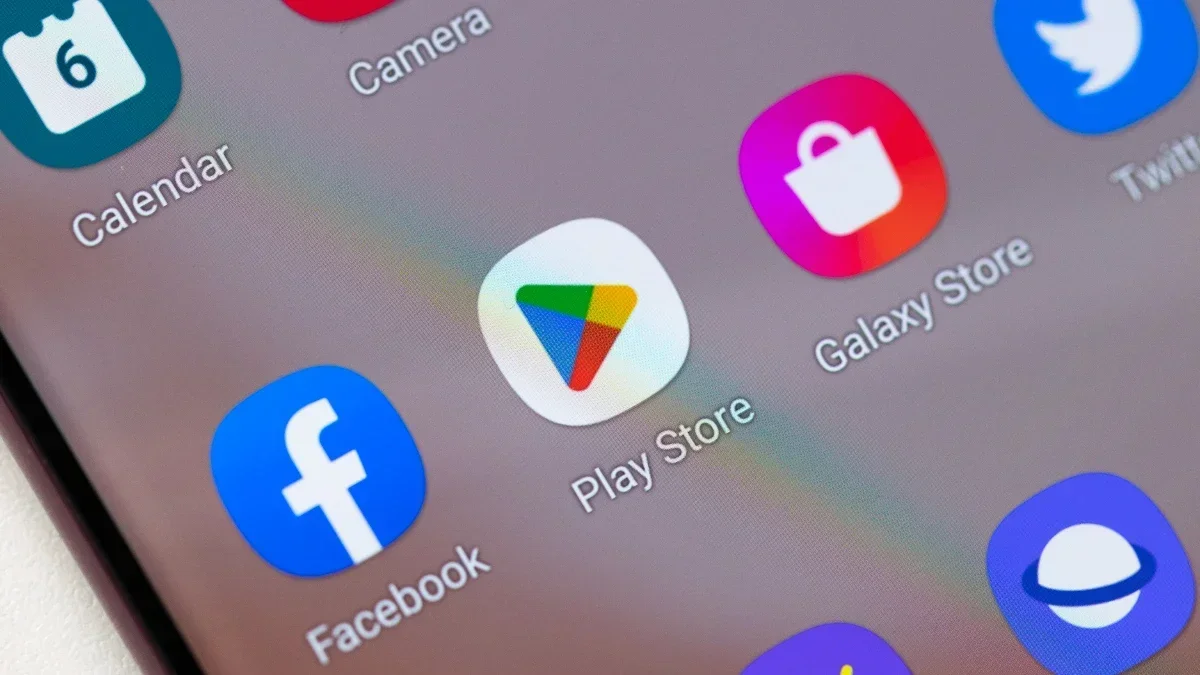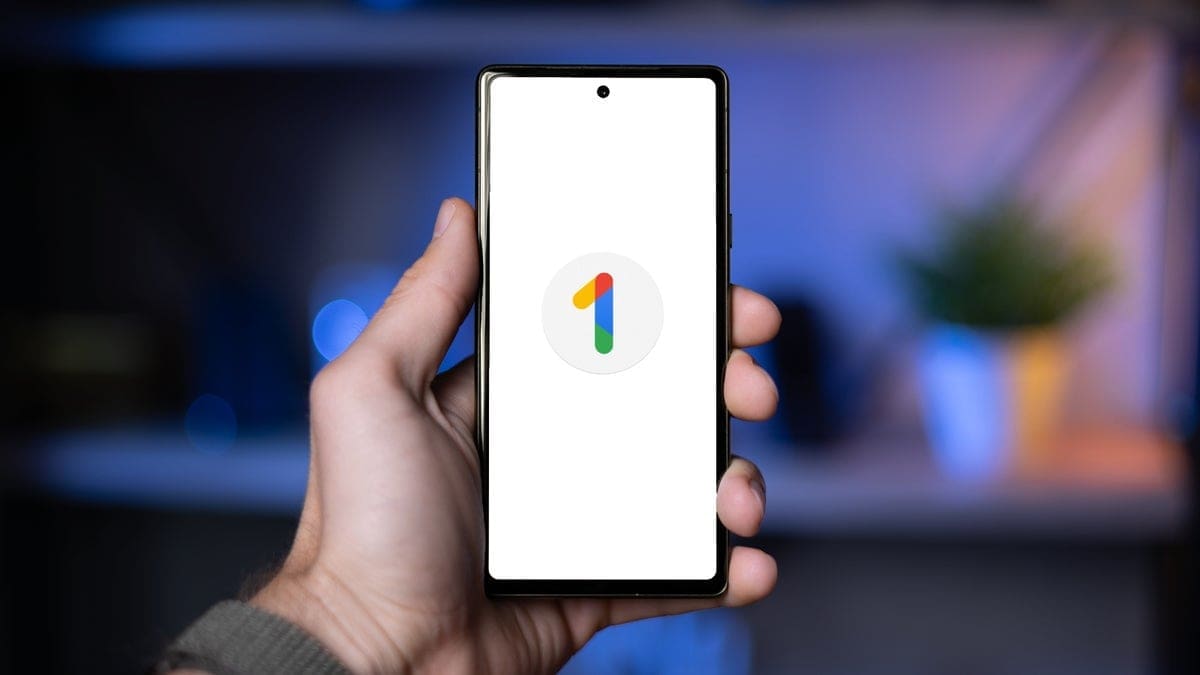Phones Canada Explains the Difference Between SD and HD Video Quality
Video has become an integral part of our daily smartphone usage, whether we’re capturing moments with our camera or watching videos on platforms like YouTube. But is there really a noticeable difference between standard definition (SD) and high definition (HD) videos? In this article, we’ll break down the key differences between SD and HD, and what they mean for your data plan and mobile device storage.
When we talk about SD and HD, we’re referring to general categories of video quality rather than specific types of resolution. You’ve probably seen these terms listed on your favorite video platform, such as YouTube’s quality tab. It’s important to note that HD can actually be divided into two tiers, with the newest and most impressive formats falling into the upper-tier known as ultra-high definition or “UHD” (4K video resolution and above).
SD, or “standard definition,” is the video resolution used for older technologies and displays like tube TVs and VHS. It includes formats like 480p, 360p, and 240p. On the other hand, HD, or “high definition,” has become the new standard for most devices, from smartphones to laptops to tablets. Common HD formats include 720p, 1080p, and 2160p (also known as 4K).
Pixels, resolution, and aspect ratio are essential terms when discussing video quality. Pixels are the individual dots that make up a digital video or image on a screen. Resolution refers to the number of pixels per square inch or the total number of pixels for an image or video. Higher resolution typically means higher image quality due to the smaller and more detailed pixels. Aspect ratio determines how videos are displayed on a device and comes in standards like 4:3 and 16:9.
When it comes to smartphones, some argue that resolutions beyond HD and Ultra HD are wasted on small displays. However, others claim to notice significant differences even at the highest resolutions. The improvement from SD to HD is undeniable, but whether or not it’s worth the investment varies from person to person.
One of the most notable differences between SD and HD video is the amount of data used when streaming and the file sizes of recordings. Streaming HD videos consumes more data per hour compared to SD. Similarly, recording videos in HD formats results in larger file sizes. It’s essential to consider these factors, especially if you have a data-limited plan or if your carrier imposes deprioritization thresholds.
HD video streaming can also impact smartphone battery life as it requires processing a significant amount of data quickly. Saving HD videos directly to your device can provide better results but still affects battery life. On the other hand, SD videos consume less data and can save battery life, although the viewing experience may be compromised.
4K video is currently considered the standard for high-end displays and video resolution. It offers over 8 million pixels, with 4,000 in the horizontal axis alone. However, 4K videos require massive amounts of data for streaming and storage. Future advancements in networks and phone storage may make this resolution more universally viable.
Various streaming apps, including Facebook and Instagram, have specific video resolution preferences. Facebook favors 720p HD resolution, while Instagram defaults to 1080p HD. However, both platforms will lower video resolutions based on connection speeds.
Understanding the difference between SD and HD video quality can help you make informed decisions about your data usage, storage needs, and battery life on your smartphone. Consider your preferences, device capabilities, and data plan restrictions when choosing the video quality that suits you best.











